Game description:
Throw A Chicken is a browser-based game that focuses on one mechanic—launching a chicken across a landscape to achieve maximum distance. Players control the angle and power of the throw, trying to find the best combination to send the chicken as far as possible. The objective is simple, but the challenge comes from small variables that influence each attempt. The chicken bounces, rolls, and interacts with the terrain in unpredictable ways, which makes each launch slightly different.
Upgrades and Replay Value
After each throw, players receive points based on how far the chicken traveled. These points can be used to purchase upgrades that affect flight, bounce, and speed. Some upgrades increase control at launch, while others focus on how the chicken reacts after hitting the ground. The game introduces a progression system where each improvement allows better results over time, encouraging repeated attempts to break personal records.
Common Upgrades in Throw A Chicken
· Launch strength boost
· Bounce resistance modifier
· Air glider attachment
· Surface friction reducer
· Chicken speed multiplier
Physics-Based Interaction
The gameplay uses simple physics to create movement and collision effects. The chicken responds to momentum, gravity, and surface type. Players can experiment with different strategies—some rely on pure force, while others try to keep the chicken airborne as long as possible. The environment includes both flat zones and obstacle-filled sections, requiring players to adapt their approach. There is no time limit or failure state; players can retry freely after each round.
Minimal Design, Focused Goal
Throw A Chicken uses minimal design elements to keep the focus on the core mechanic. The player’s task is always the same—launch, observe, and improve. Without levels or complex menus, the game offers a short and focused experience that can be played in quick sessions. The combination of timing, upgrades, and random bounce patterns keeps the gameplay loop active. Whether aiming for a better score or testing a new upgrade combination, the game encourages experimentation through repetition. Over time, players learn how small changes in angle or speed can produce very different outcomes. This structure supports casual play while still offering a challenge for those aiming to optimize every launch.










































































































































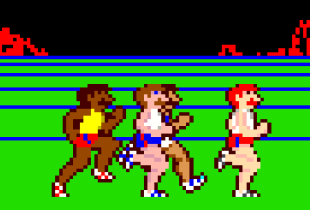
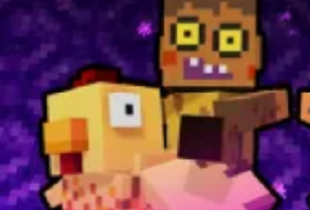
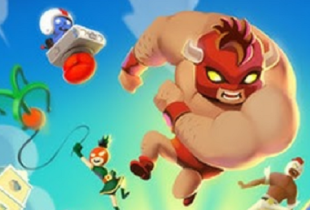



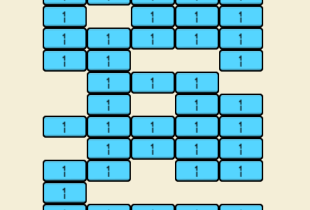
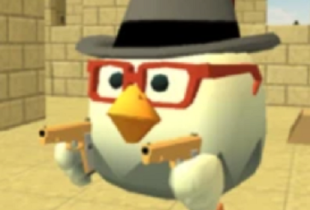
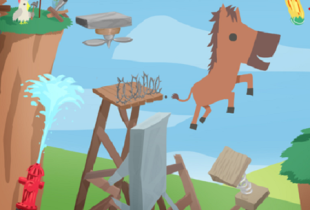

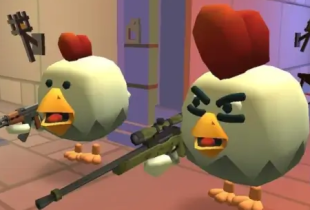
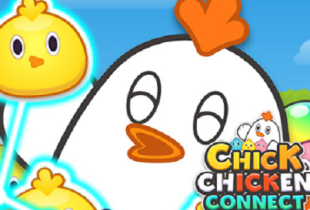

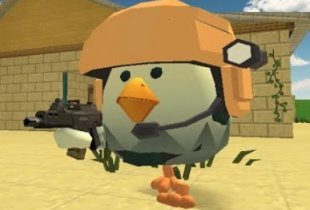
Comments